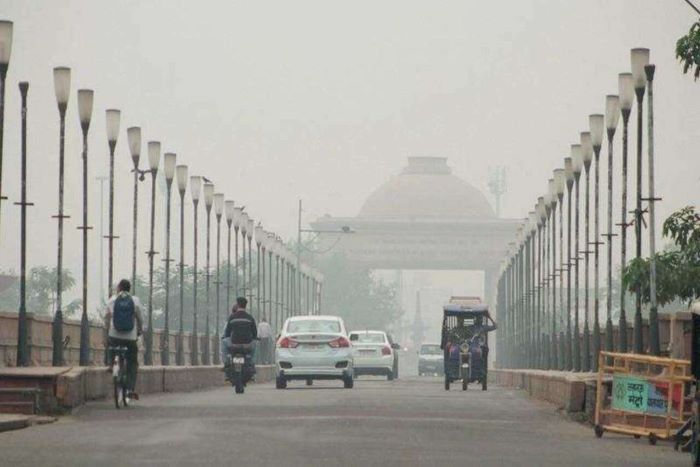Uttar Pradesh became the first Indian state to adopt ‘airshed management’ to reduce pollution with a target of reducing PM2.5 level in the air to 45 micrograms per cubic metre by 2027. UP’s airshed area includes the Indo-Gangetic plain, which gets impacted by stubble burning sites as far as Punjab and Haryana. Under the airshed management approach, sources of pollution within the city (micro airshed) as well as the macro airshed that covers the larger area are addressed.
UP conducted the airshed management workshop recently with the help of the World Bank. The measures will be taken up in coordination with the departments such as rural development, panchayati raj, agriculture, urban development, industrial development, reported TOI.
Delhi braces for dust storms amid heat waves, air quality expected to worsen to ‘very poor’
Delhi is under the grip of a severe heatwave with at least one area touching 46°C. Following the extreme heat, the India Meteorological Department predicted dust storms in the coming week, which is likely to worsen air quality of the city. Noida already touched very poor air quality of 377 on Thursday.
The System of Air Quality and Weather Forecasting and Research also predicted air quality to worsen from Monday to Wednesday. Experts said dust becomes a major source of pollution during summer because high temperatures dry up the soil. According to a source apportionment study conducted in 2018 in Delhi, soil, road and construction contributed 25% PM10 and 17% PM2.5, during winter and 42% PM10 and 38% PM2.5 in summers.
Green court orders govt to set standards for indoor air quality
The government should regulate indoor air quality at public places, India’s green court National Green Tribunal (NGT) said while hearing a petition which contended that indoor air pollution is as serious as outdoor air pollution. A joint committee to be formed by the environment ministry, the Central Pollution Control Board (CPCB) in coordination with other concerned ministries has been directed to hold its first meeting within one month. The court ordered the joint committee to work out appropriate standards for indoor air quality within three months. Applicants will get the chance to make representations for the standards and protocols.
About The Author
You may also like
Air Pollution is Changing the Lightning Patterns in India, Study Finds
Temporary CO2 Removal Will Help Offset Methane Emissions: Report
Firecrackers caused pollution to spike three-fold this Diwali: Report
Bengaluru, Mumbai, Patna With the Highest PM2.5 Emissions From Diesel Generators: Study
Hyperlocal air quality monitoring identifies pollution hotspots in Indian cities: Study

